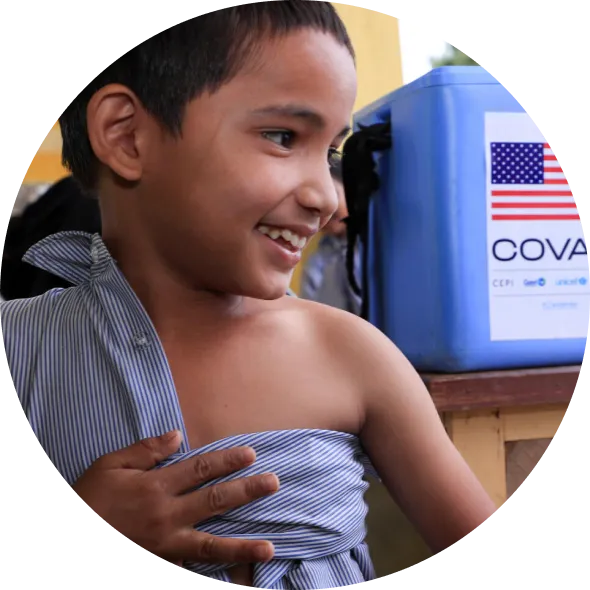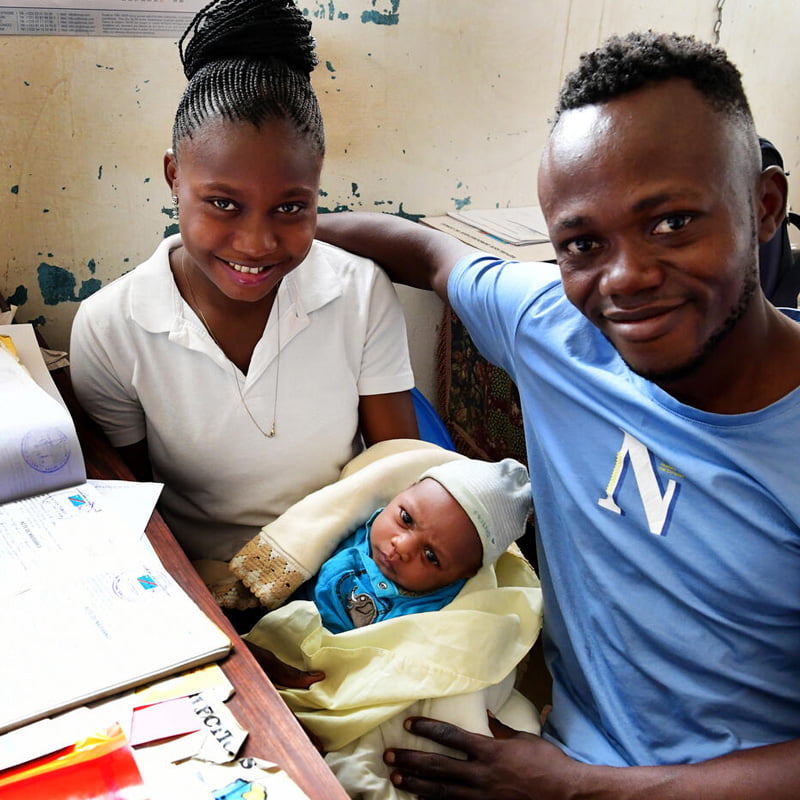The outlook was bleak when we last presented a progress report on the United Nations Every Woman Every Child Global Strategy for Women’s, Children and Adolescents’ Health. In 2020, in the early days and months of the global COVID-19 pandemic, many massive and far-reaching consequences were predicted of shutdowns and containment measures that were then happening all around the world. In many ways women, children and adolescents fared worse than anticipated.
I write to you now as the United Nations Secretary-General’s Global Advocate for Every Woman Every Child. I was appointed to this role in 2021 and have strived to use the position as a platform to restore women, children and adolescents to a priority place in the global health agenda.
Now, in 2022, we are calling on all to think and act to protect the promise. This promise refers not only to the commitments made in the SDG and all of the campaigns that followed, but also to the larger promise of potential that everyone is born with. Too often this promise remains unclaimed, or even denied due to geography, economics, race, ethnicity, or gender.
While challenges persist and progress continues to be too slow to achieve the goals set out for 2030, there are reasons to be optimistic. The backsliding in outcomes shows that commitments, when delivered on, can be effective and life-changing. Conversely, in a void of will, attention and action, the results are devastating. This report should be seen as an urgent appeal to get on track to meet the ambitious but achievable goals.
This is our wakeup call. We can be certain that even as barriers continue to grow, healthier and empowered women, children and adolescents are the key to achieving a better world. But we cannot move in the right direction – toward a world where the most vulnerable are prioritized and reached – without concerted and collaborative efforts.
This is a promise we must all unite to protect fiercely and without compromise.
H.E. Kersti Kaljulaid
United Nations Secretary-General’s Global Advocate for Every Woman Every Child
President of Estonia (2016–2021)


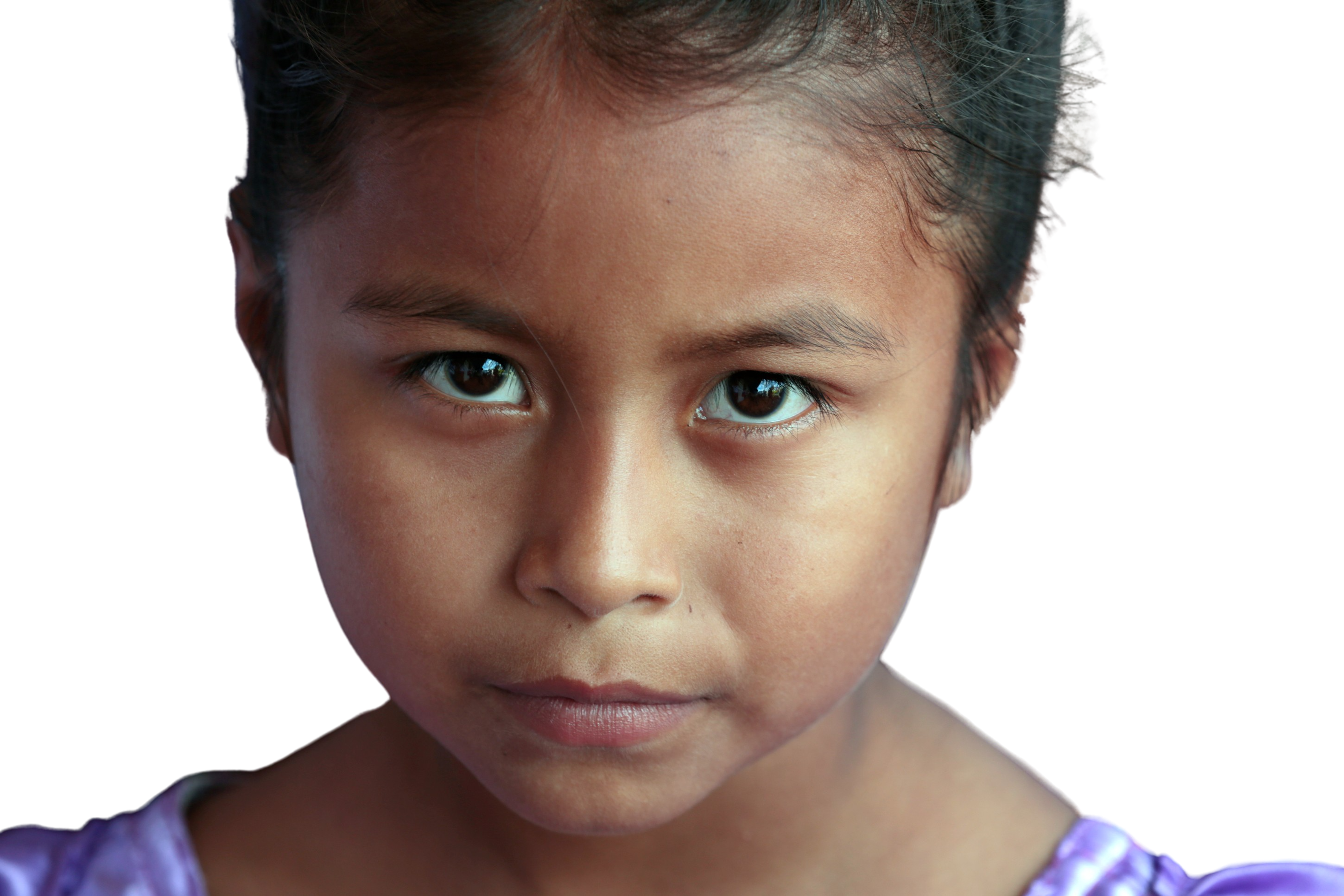
















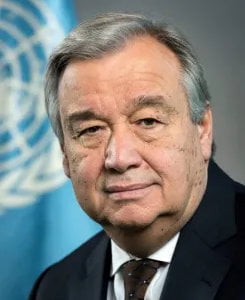





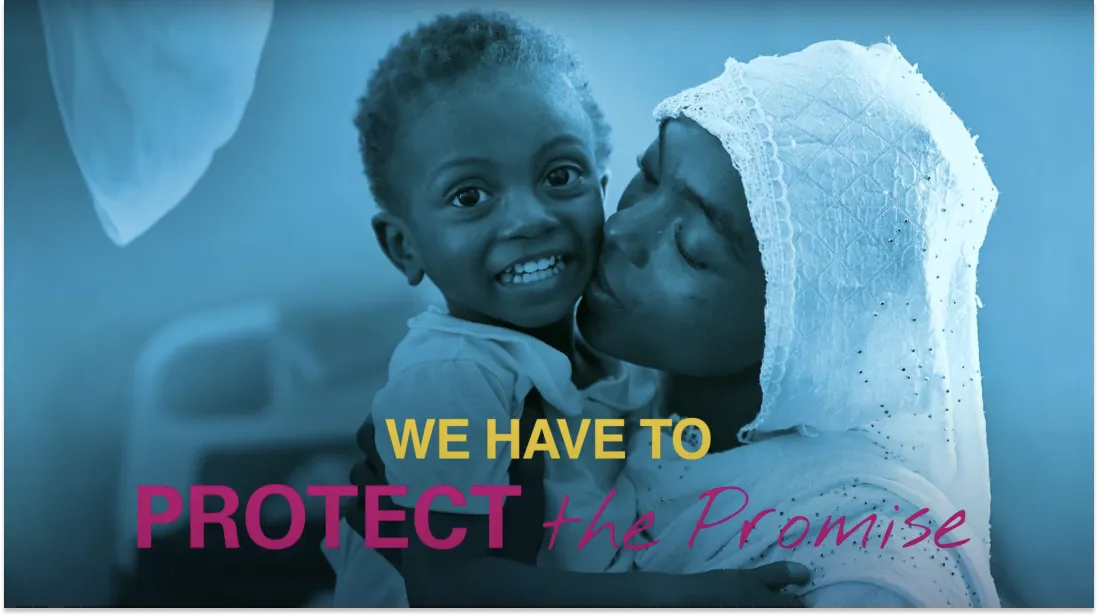

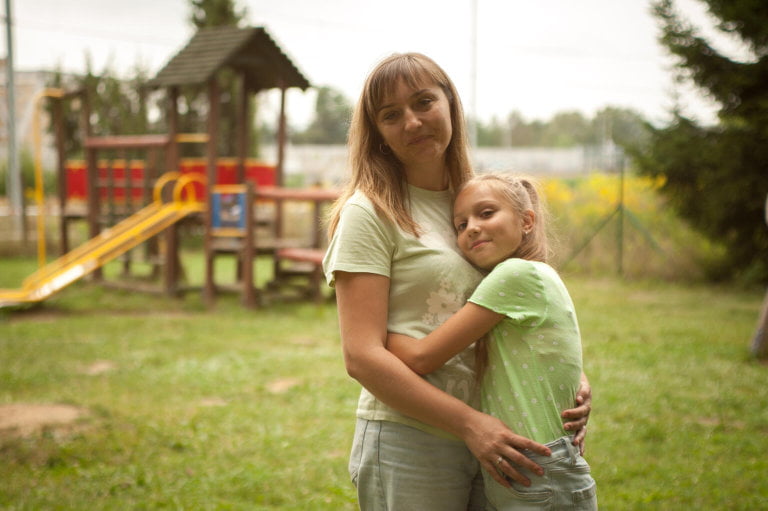
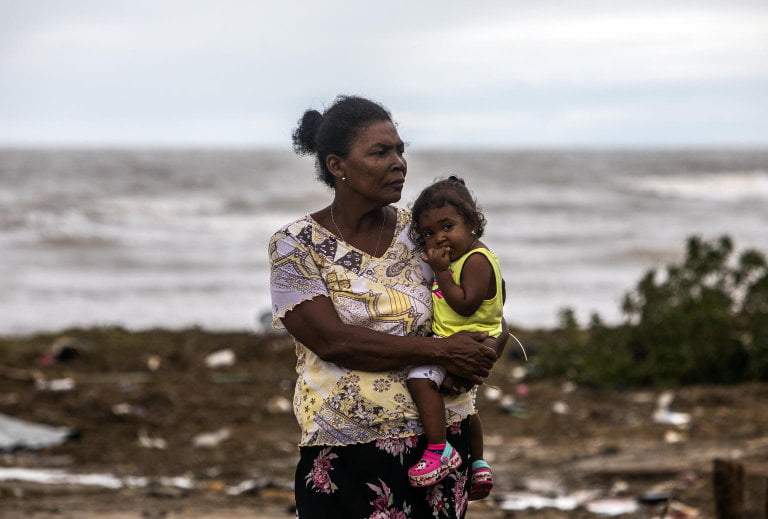









 Almost half of all deaths in children under the age of 5
Almost half of all deaths in children under the age of 5 Over 45 million children (6.7%) under the age of 5
Over 45 million children (6.7%) under the age of 5 A staggering 149 million children were stunted in 2020.
A staggering 149 million children were stunted in 2020.






